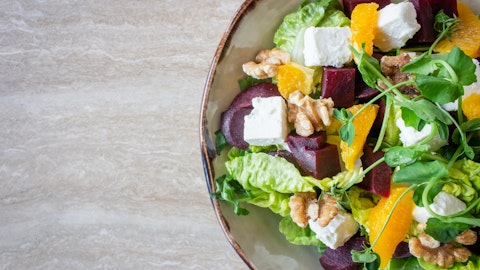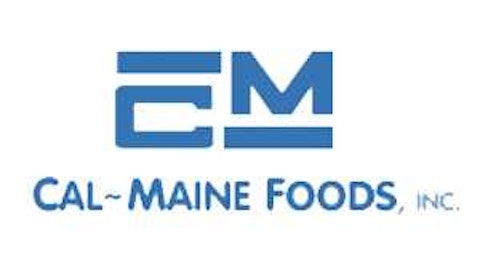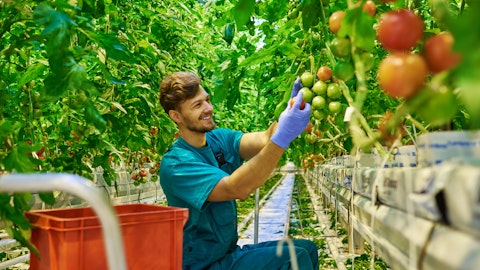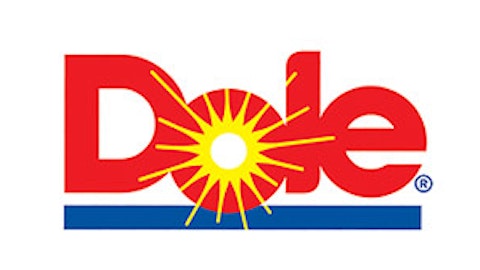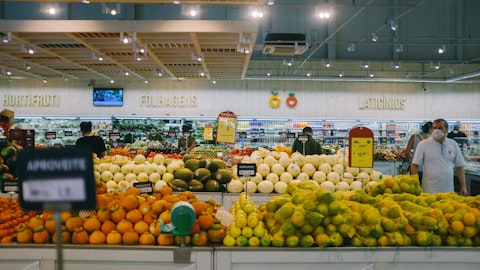Rory Byrne: Yeah, we obviously are focused on DAS. Really sort of buying and continues to increase a little bit. So that probably drives a little bit of caution in terms of investment or M&A. We are still seeing something of a disconnect between the public and private markets that good private companies in our sector has still been valued considerably have put the largest player in the sector is being valued by the stock market, so that’s a little disappointing and it discourages on making serious M&A activity. So, we keep it under review. We keep our balance sheet under view when we push where coming to the equation, and we’ll manage this as the company evolves over the next year or so.
Ben Bienvenu: Okay. Thank you so much.
Operator: Our next question comes from Adam Samuelson with Goldman Sachs.
Adam Samuelson: Thank you. Good morning, everyone. So I guess, first question, maybe kind of continuing on the kind of some of the puts and takes around 2023. Can you talk about where the supply-demand balance in bananas and pineapples as it sits today? How, where you see kind of the most kind of improvement on demand or focus on supply productivity? And then kind of a related question on the guidance. Is there any kind of thoughts on phasing first half, second half seasonality that we should be particularly conscious of?
Rory Byrne: Yeah. I think in relation to seasonality, we’re expecting a broadly similar profile by quarter. There may be some variations in some switches, but not — we don’t think it’s going to be a materially different as ’22 was versus ’21. So it’s some ups and downs. But as you know, Adam, we look at this business on a full year basis rather than quarter-on-quarter, but we don’t expect such a radical moods. As for example, we have between Q1 ’22 and Q1 ’21. So we’re a little bit a little bit more aligned to the 22%. And then perhaps, Johan, do you want to make some comments on the overall supply-demand balance on the banana, which was Adam’s first question?
Johan Linden: Sure. So, we feel that we are in a good place right now. We started the year good. The market has been tight. So, the supply has been tight when it comes to bananas, but we have had supply. So, we have been able to perform well. The supply position will ease a little bit to the overall market, but we still feel that we are in a good position when we look out for the full year. We feel that we have a good and well balanced year when it comes to supply and demand. Maybe to put a little bit color on also one piece of our Fresh Fruit business is that we had, of course, an exceptional year also last year when it comes to commercial cargo. We believe we’re going to have a good year in commercial cargo, but it’s not going to be as exceptional that we had during 2021 and especially during 2022.
Adam Samuelson: All right. That’s all very helpful. And just a quick follow-up. What’s the expectations for interest expense and CapEx for the year?
Rory Byrne: Do you want to take that, Jacinta?
Jacinta Devine : Sure, yes. So, we’re expecting interest expense of approximately $90 million, which is a reflection of the increase in interest rates. And then for CapEx, we’re expecting about $120 million, which is pretty much aligned with our depreciation number for 2022.
Adam Samuelson: All right. That’s super helpful. Thank you.
Rory Byrne: Obviously, Adam, that excludes any benefit that we might get depending on the Vegetables to completes.
Adam Samuelson: Got it. Thank you.
Operator: Our next question comes from Chris Barnes with Deutsche Bank. Your line is open.
